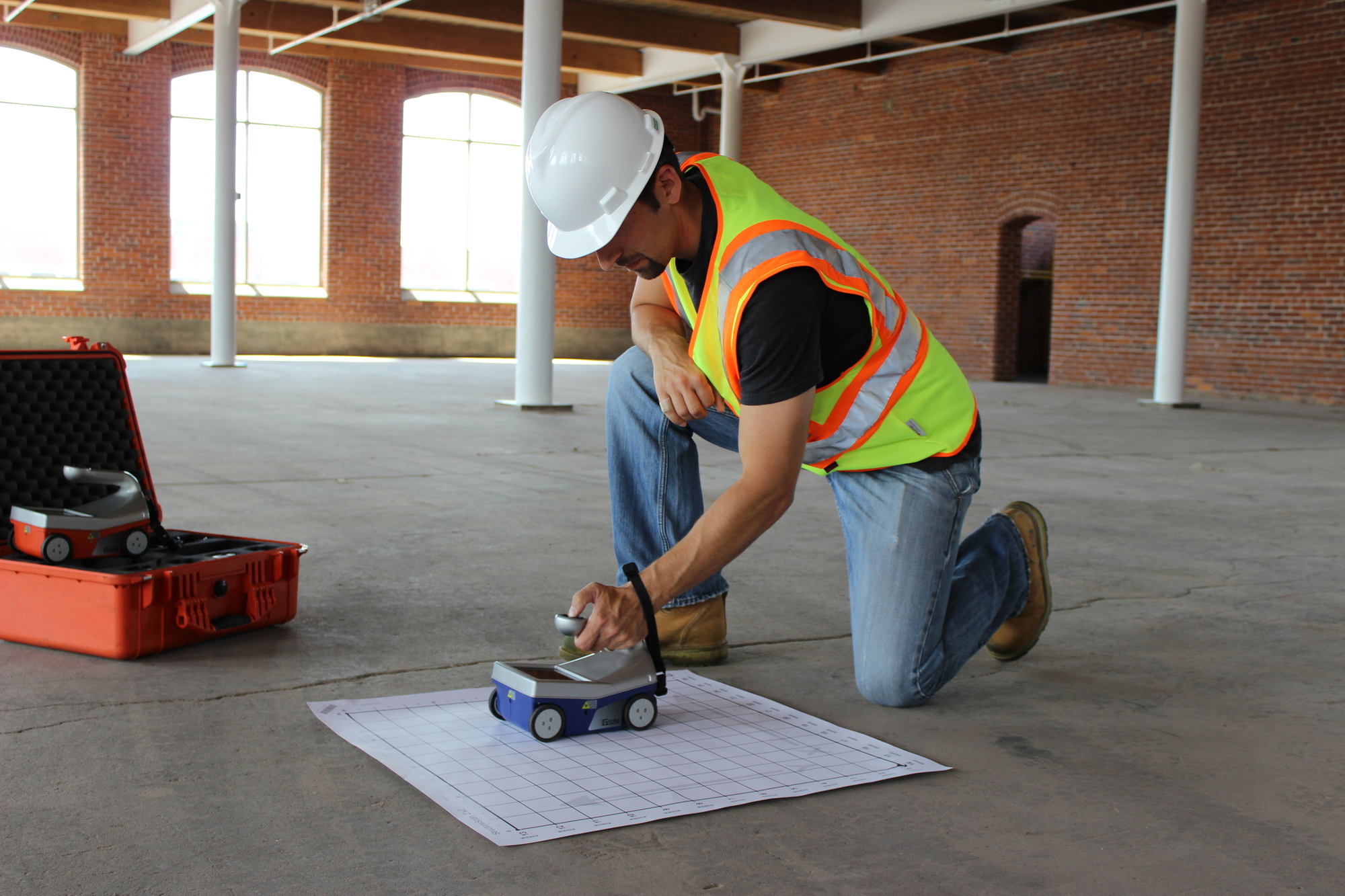Discover RainierGPR Service Areas Near You for Expert Concrete Scanning
Concrete Scanning: A Critical Step Towards Guaranteeing Architectural Stability and Safety
In the realm of building and facilities upkeep, the significance of concrete scanning can not be overstated. This precise procedure holds the crucial to introducing possible dangers hidden underneath the surface of seemingly solid frameworks. By using advanced technology and approaches, concrete scanning offers as a pivotal device in ensuring that the honesty and safety of buildings and bridges are supported to the highest standards. However, beyond its surface-level implications, the role of concrete scanning extends much deeper than satisfies the eye.
Value of Concrete Scanning
Concrete scanning plays a vital role in ensuring the structural integrity and safety and security of buildings and infrastructure jobs. By using advanced modern technologies such as ground-penetrating radar (GPR) and electromagnetic induction, professionals can non-destructively evaluate concrete structures to find prospective defects, voids, embedded things, and support design. This process makes it possible for early discovery of abnormalities that could endanger the stability of a structure, stopping costly damages and making certain the safety of passengers.
Concrete scanning is particularly vital throughout the planning and building and construction phases of a project. Before drilling, cutting, or coring into concrete, scanning helps recognize the exact locations of rebar, post-tension cords, and various other ingrained components, minimizing the danger of accidental hits that might cause structural weak points. In addition, concrete scanning help in quality control by validating the thickness of concrete covers and finding any inconsistencies that may influence the overall durability of the structure. Eventually, spending in concrete scanning solutions is not only a positive procedure to mitigate dangers yet also an essential action in the direction of keeping the long-lasting security and security of structures and framework.
Modern Technology for Concrete Inspection
Advantages of Very Early Detection
Timely detection of architectural concerns can significantly mitigate dangers and make certain the long life of building jobs. By recognizing potential troubles beforehand in the building and construction procedure, stakeholders can take aggressive actions to deal with concerns prior to they intensify right into larger and a lot more pricey issues. One of the key advantages of early detection is the avoidance of structural failures, which can posture serious safety dangers and bring about project hold-ups and economic losses.
In addition, very early discovery enables for prompt repair work and maintenance, which can help extend the life-span of the framework. By attending to concerns without delay, construction teams can avoid expensive fixings or also the requirement for early replacement of architectural parts. This aggressive technique not only saves time and cash however likewise enhances the general safety and longevity of the construction task.
Additionally, very early detection can enhance project preparation and decision-making by offering stakeholders with important understandings into the condition of the framework. Equipped with this details, job supervisors can make enlightened selections pertaining to construction products, timelines, and methods, bring about much more effective and effective task results.
Making Sure Structural Security
Guaranteeing the structural security of a building and construction project is paramount to its safety and longevity. Structural security describes the capacity of a structure or infrastructure to maintain its kind and function under environmental conditions and different lots. To accomplish this, extensive assessment and surveillance of the structure are vital. Concrete scanning plays a critical duty in guaranteeing architectural security by detecting possible concerns such as spaces, delamination, or support deterioration that could jeopardize the integrity of the structure with time.
By making use of advanced scanning innovations like ground-penetrating radar (GPR) and electromagnetic induction, construction specialists can non-invasively check concrete structures to identify locations of worry underneath the surface. This aggressive approach enables the very early detection of defects or weak points, enabling timely repairs or support to avoid structural failures.
Regular concrete scanning during different building phases and throughout the life cycle of a framework can assist maintain its security, mitigate threats, and make certain the safety of passengers. By prioritizing architectural stability through concrete scanning, construction tasks can boost their resilience and resilience, eventually adding to greater safety and security and durability.

Stopping Crucial Failures
To protect versus devastating occasions, precise surveillance and positive maintenance are important in avoiding vital failures within architectural frameworks. Discovering check over here prospective problems before they intensify is essential to stop architectural failures. Applying routine evaluations, such as concrete scanning, can disclose concealed problems like voids, splits, or rust that can endanger the honesty of a structure. By making use of advanced scanning innovations like Ground Penetrating Radar (GPR) or Concrete X-ray, engineers can non-destructively analyze the condition of concrete and identify powerlessness that call for reinforcement or repair work - RainierGPR Service Areas.

Verdict
To conclude, concrete scanning plays an essential duty in ensuring structural integrity and security by using sophisticated technology for very early detection of possible issues. This positive technique assists prevent important failings and makes certain the stability of structures. It is vital to focus on concrete inspection as a common method to secure the longevity and security of buildings and framework.
Concrete scanning plays a crucial duty in ensuring the structural honesty and safety and security of structures and facilities tasks. Additionally, concrete scanning aids in top quality control by validating the density of concrete covers and finding any type of disparities that might impact the total resilience of his explanation the framework. Concrete scanning plays a crucial function in making certain structural stability by discovering prospective issues such as voids, delamination, or support rust that might endanger the integrity of the framework over time.

In verdict, concrete scanning plays a vital duty in making sure architectural stability and security by using innovative innovation for early discovery of possible problems.